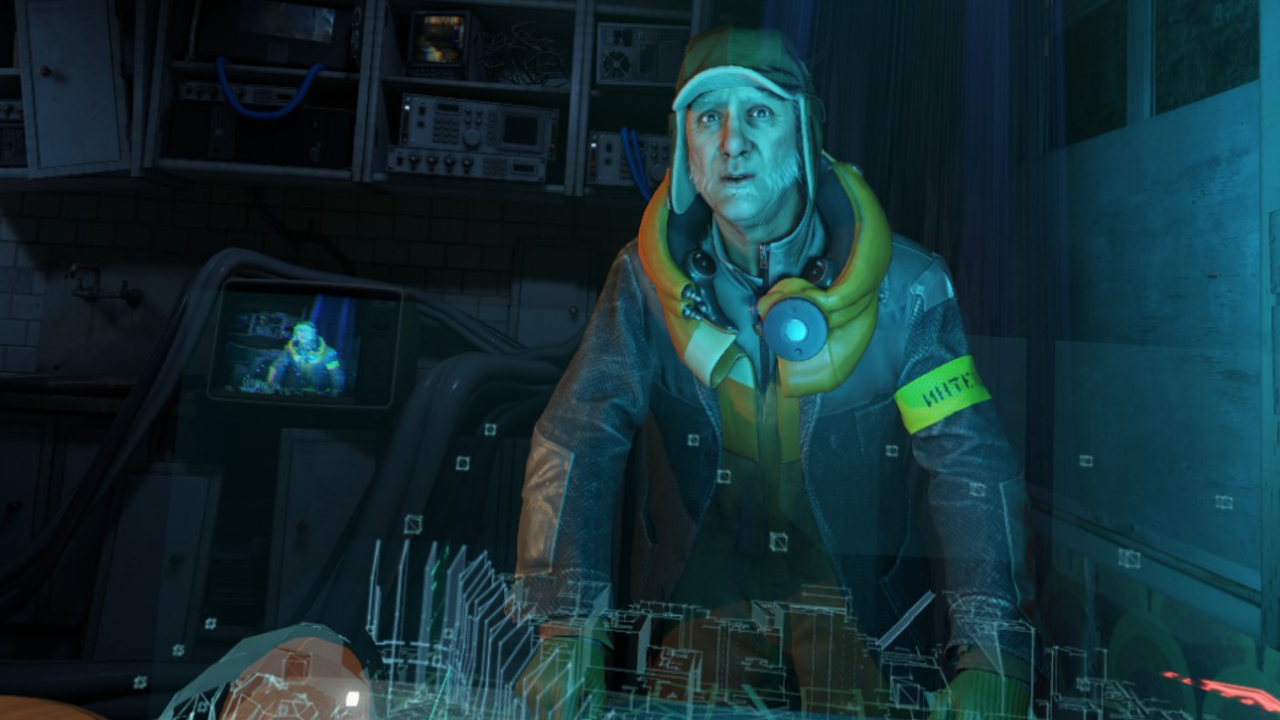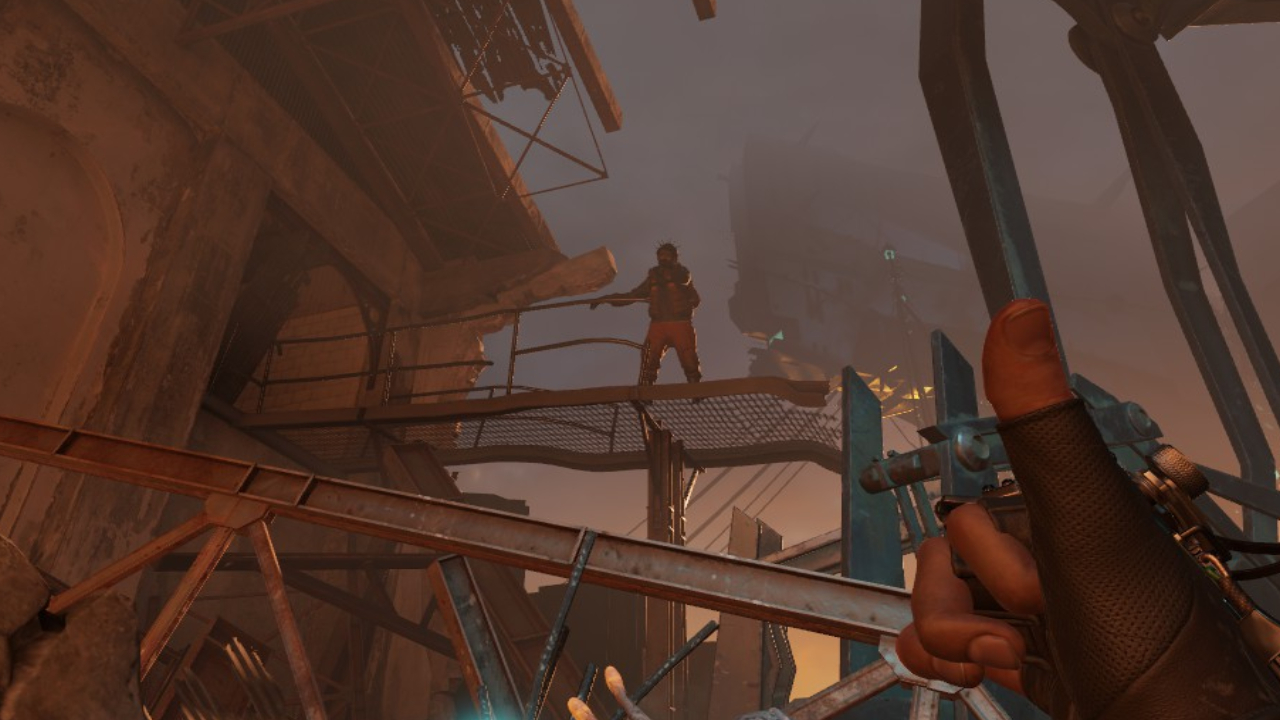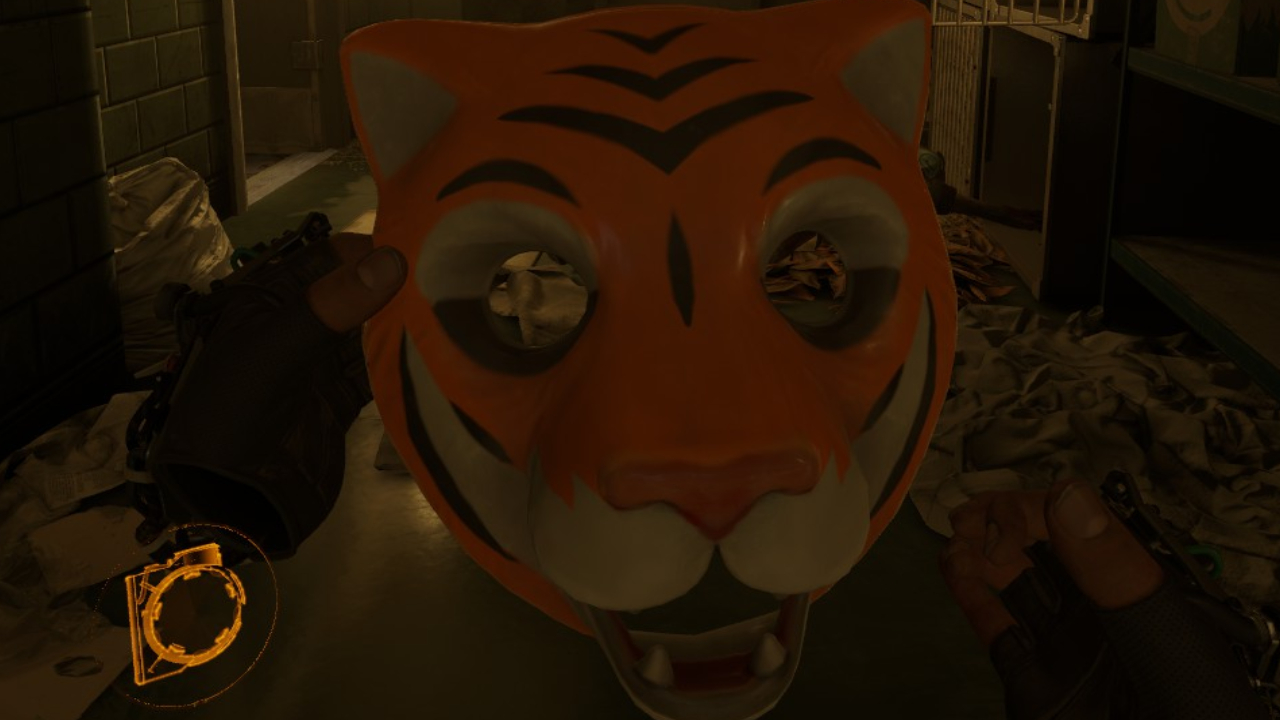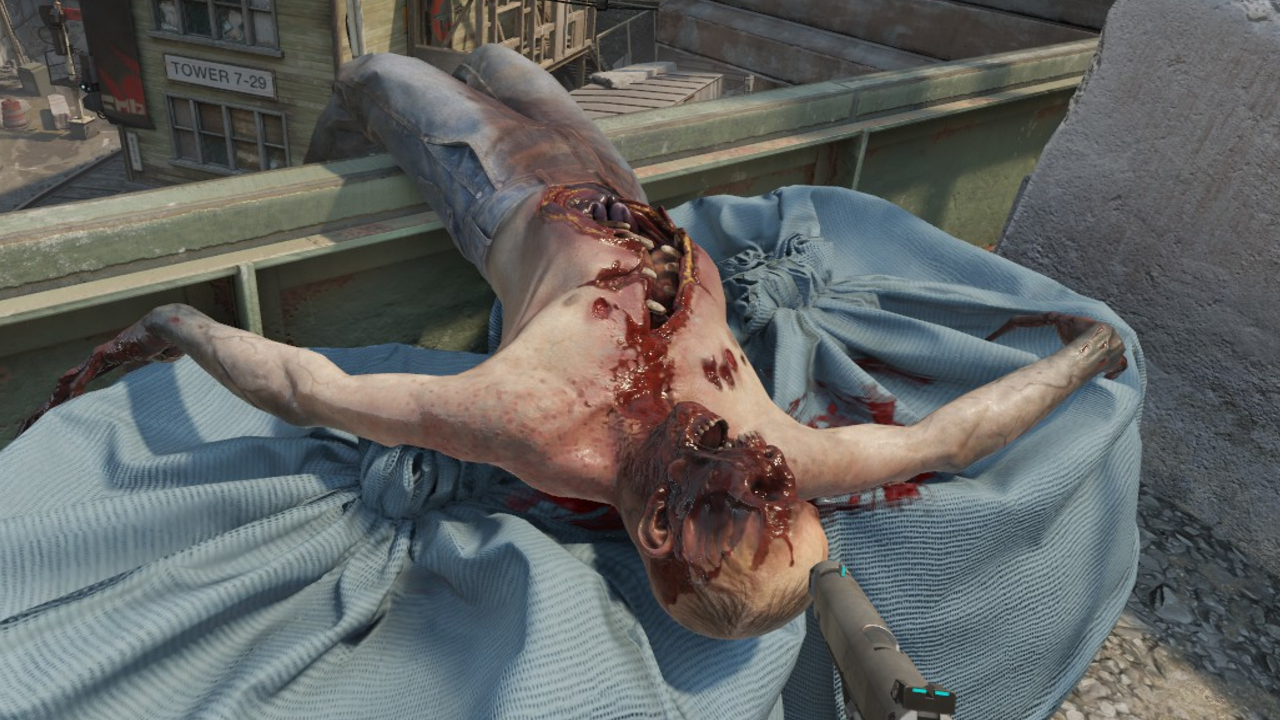Headcrabs, Rhys Darby and Portals: The making of Half-Life: Alyx
"There’s definitely a little bit of trepidation"

Half-Life: Alyx is the latest release in a series that fans have been desperate to see more of. If that wasn't enough pressure for the developers at Valve, the game has been created for virtual reality, a medium that is merciless when it comes to stability and speed. Luckily, the game is a modern masterpiece, with plenty to delight long term fans and create new ones.
"When we started out working on this project, there was always a little bit of nervousness around the IP, because everybody has a really great reverence for it, and everybody is a fan of it. And we are too," admits level designer Corey Peters. "We don’t want to do any harm to it either. So there’s definitely a little bit of trepidation, stepping into there."
Writer Sean Vanaman, who joined Valve when the company acquired Firewatch developer Campo Santo, felt a similar sense of nervousness. "Eventually, you stay process-oriented for so long that you have something that’s really unusually good. And the fear’s gone because you know that the project’s good. And you’ve kept the wool over your eyes just long enough to not be afraid."
Now you're thinking with Portals

A Half-Life game might seem like an obvious choice for a rare Valve release, but it was almost Portal that got a shot at the limelight.
"We looked at Portal for a little while, but then we started thinking about how that would actually work," says Peters. "A lot of Portal is a lot of momentum-based movement; when you go through Portal, sometimes you view flips upside-down. It’s all the worst types of experiences you could have in VR." While I love the idea of hanging out with potato GLaDOS in person, it does sound like a vomit in your keyboard moment waiting to happen.
"We looked at the Half-Life universe, and a lot of the gameplay mechanics that were in Half-Life, and a lot of the elements of Half-Life like the pacing and the natural exploration and some of the combats, seemed to be a really good fit," continues Peters. "So we started building a prototype around that." With Half-Life setting the stage, and the rich environments and world to experiment with, the team started to craft an experience that would live up to the name. And that meant calling in voice actors that could add something a little special to the mix.
Rhys' pieces

"You have the blank page problem where you go, 'Well, this character has to be unusual and unique. So let’s just start writing for the person we’d like to get, and then try to go get that person,'" says Vanaman. For the character of Russell, who is your companion throughout the game, even talking you through dark scary corridors by rhapsodizing about a BLT, Valve went ahead and cast Rhys Darby, star of Flight of the Conchords and Jumanji: The Next Level.
Sign up to the GamesRadar+ Newsletter
Weekly digests, tales from the communities you love, and more
"Rhys Darby was an early pick. We liked the energy he brought, especially… he felt like an antidote to just how dark the game can get – or how dark a Half-Life can get. This game is not unusual in that. It got located towards that, and then we tried it out. People really liked it. It tested well. We liked writing for him. We liked working with him. He’s fun in the studio. He’s kind of got good vibes."
As Peters points out, Darby adds a ray of New Zealand sunshine to some of the gloomier parts of the game. "He brings a certain comedy value, obviously, to some of the lines that he says, but it helps remove some of the tension," he adds. "One thing we found early on is that it’s really easy to make a scary game in VR. You put on that headset, and you’re there. You turn off the lights, and, yeah, it’s scary. There’s a Headcrab in the room, and you can’t see it."
Fear factor

Not accidentally making the most upsetting horror game ever created for VR was a consideration for the team, because everything is so inherently intense in the game. Moving down a dark tunnel with Alyx's small flashlight (attached to your left glove) is a war on the senses, even when you're 99.9% sure you've killed everything in the immediate area.
"We wanted to make something that was more accessible than, say, a horror movie. Not everybody’s going to watch a horror movie, but if you can make it a little more accessible, then it’ll help people get through those moments," says Peters.
One unnamed member of staff at Valve helped that effort by highlighting that staring into the midriff of a headcrab is not everyone's favorite way to spend a day.
"We have one artist at the company who refuses to play the game if there are any headcrabs in the room."
Corey Peters, level designer
"We have one artist at the company who refuses to play the game if there are any headcrabs in the room. He would only play-test sections without headcrabs. He would literally take the head-set off. You would point at it, and then he’d point the gun at the headcrabs to deal with any headcrab situation."
"It was hilarious to watch, but it was also one of those moments where you realized, oh, OK, this can be really real for some people. So we have to make really conscious decisions around what we do with the content."
Honestly, despite the headcrabs, spending time in Half-Life: Alyx provided some of the most horror-free moments of March 2020 so far, and if ever there was a time to escape to a different reality, it's now. Vanaman – speaking on Skype from his home office in Seattle – seems particularly aware of that fact. "Hopefully people really enjoy it, and it takes some of the… It distracts you from stuff a little bit."
Half-Life:Alyx is available now on PC with a Valve Index VR headset, HTC Vive, Oculus Rift, Oculus Quest (with PC cable) or Windows Mixed Reality.

Rachel Weber is the former US Managing Editor of GamesRadar+ and lives in Brooklyn, New York. She joined GamesRadar+ in 2017, revitalizing the news coverage and building new processes and strategies for the US team.


